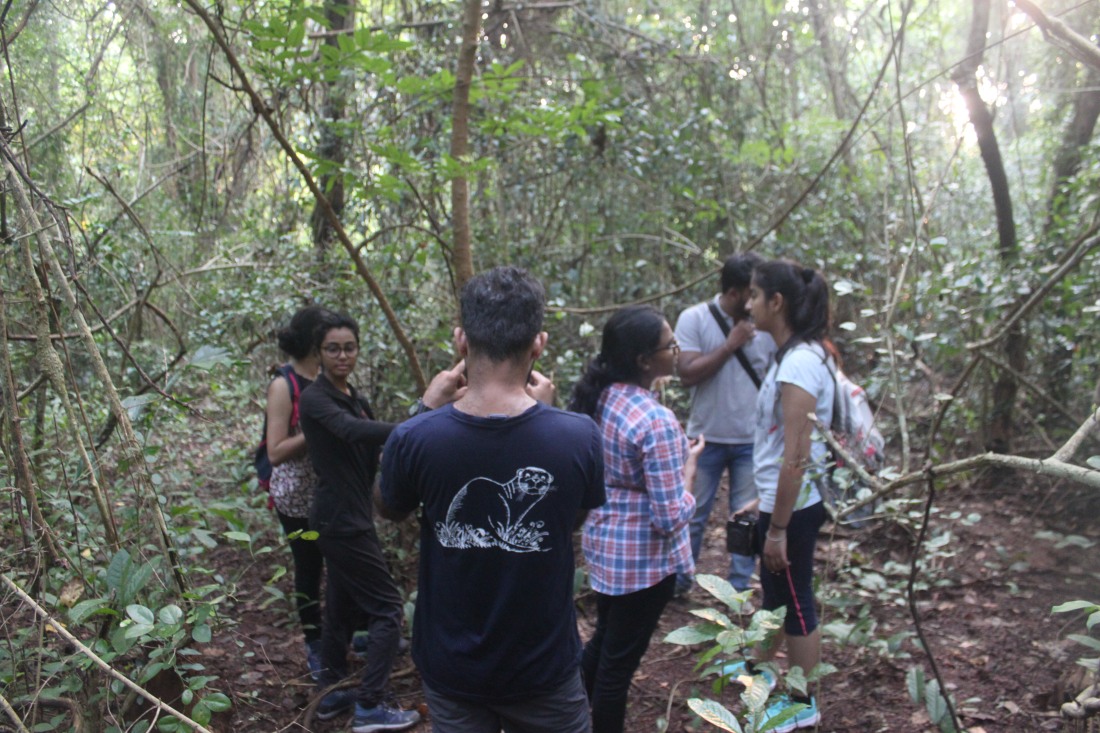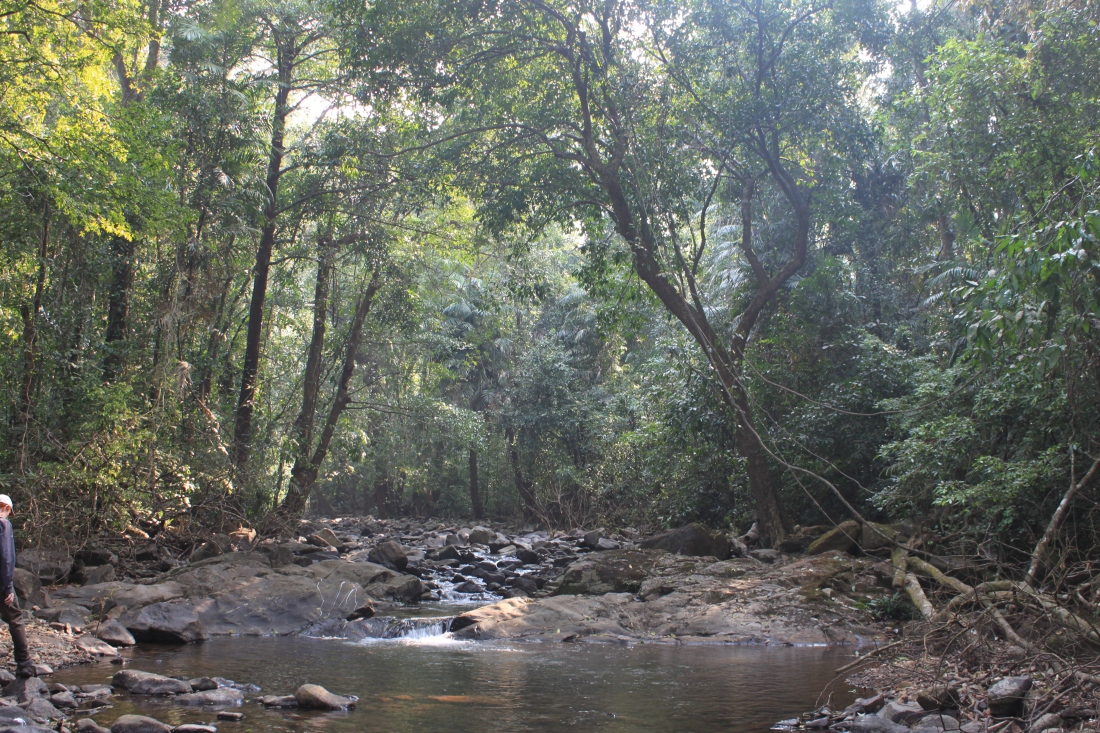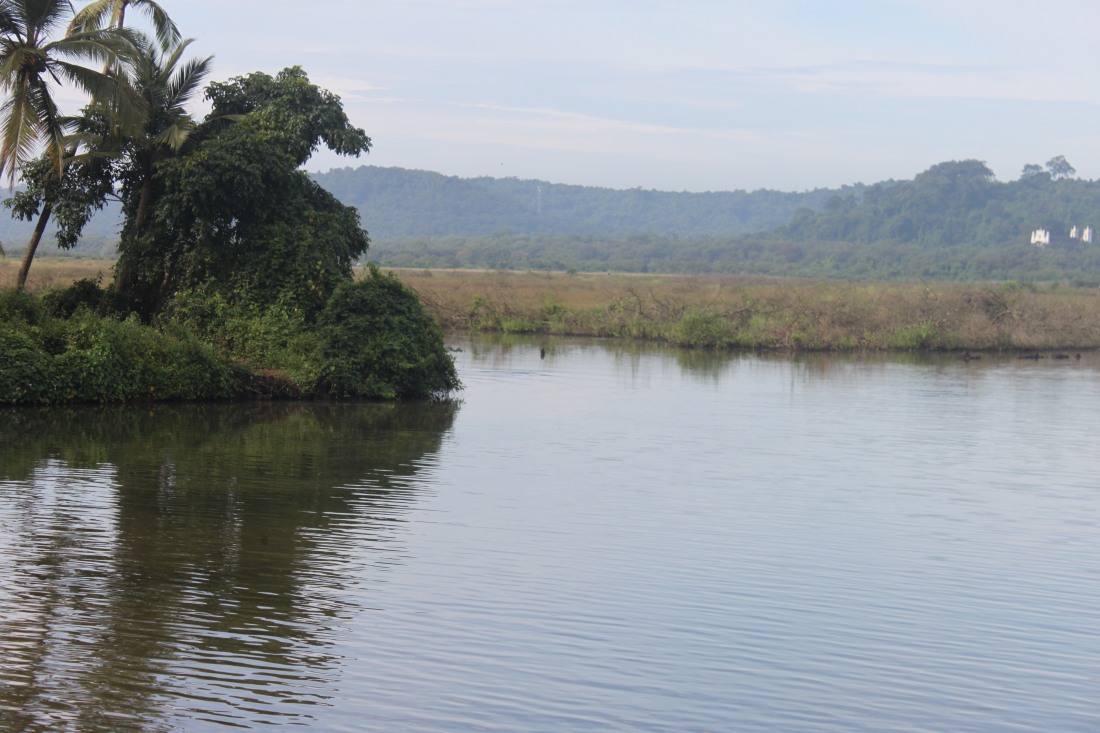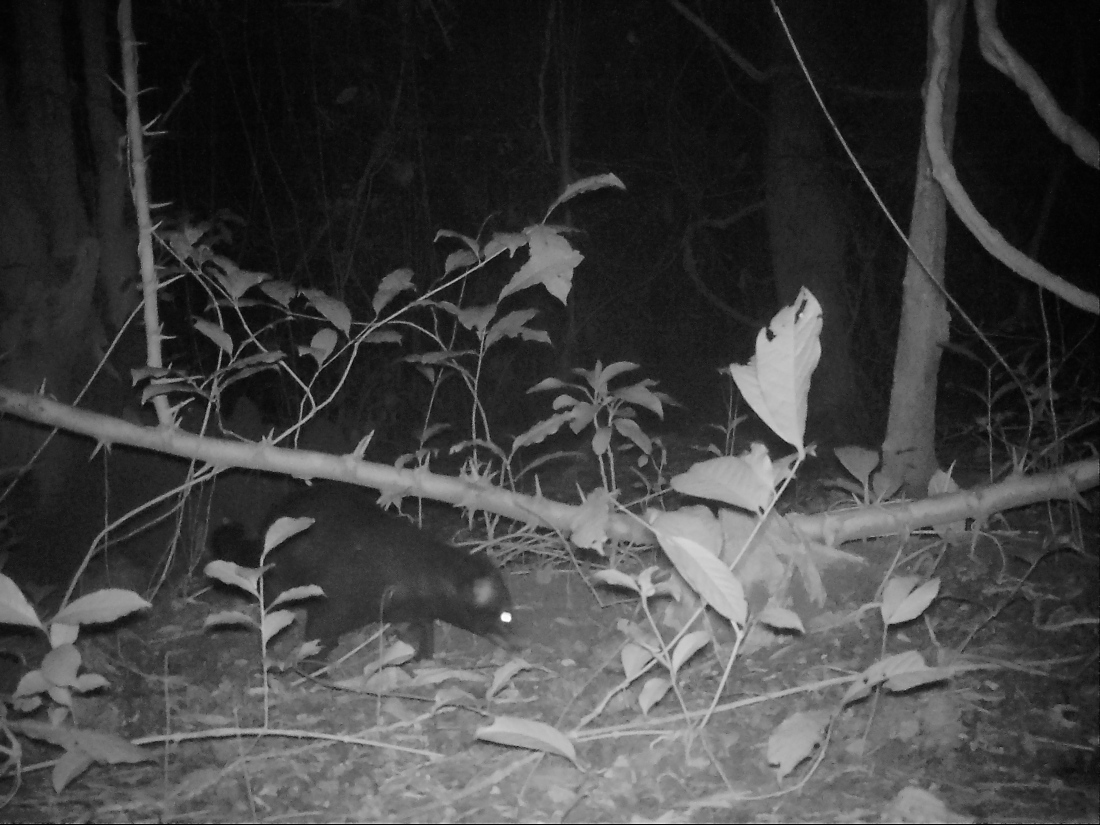We have recently introduced an otter discovery walk to the public. We have people from all ages join us on our surveys where we collect data for the project ensuring otter survival. Here we use a GPS to mark otter activity, and we explain to them along the way the habitat and ecology of otters. We also carry small zip lock bags which we collect scat in from varies species. The participants collect a scat, and then when we return to the base we talk them through a scat analysis. This allows them to get an insight into the work we do in the field, and in the lab. I have thoroughly enjoyed talking to people about our projects, and it is great to see people taking an interest as well. Along each survey, there is always litter caught in the mangroves and floating around in the water. People can then see the damage that plastic is causing in the environment and the massive waste problem that we have here. Magnifying glasses are taken for those who want them on the survey so they can get a closer look at the otter scat, or other small scale interests on the transect. Sieves allow people to look at benthic macro-invertebrates in the surrounding waters and see the biodiversity on and off the land.

This month we have had a large number of interns join the team, my role includes managing their work and ensuring they are getting the most out of their time here. During the week I check up on them to ensure they are managing with the work and give those help when required. We have created a booklet to be given to interns upon arrival containing important information that is required for their stay here at Wild Otters. I have created a map, allowing them to navigate their way around the island.
During a survey earlier in the month we came across a Russell’s viper, this is one of India’s ‘Big Four’. These venomous snakes are responsible for the largest number of medically significant human snake bites. We spotted it from a distance, and walked away in the other direction, ensuring that we did not disturb it.

We have a survey off the island where we know that otters are present. There has been conflict here between the otter family and stray dogs; due to this, a pup was sadly lost. A significant amount of human activity also takes place here; a digger was used to remove vegetation along the bund. In doing so, the den sadly caved in forcing the otters to relocate. We have been unsuccessful in finding the new den, however, the defecating areas have fresh scat meaning they are still present. To find out if the family has suffered from further losses, I set up a camera trap facing one of the defecating areas. Hopefully, over the next few days, we are able to capture footage of the family and establish how many members are remaining.
The company who came to film us are called Eco Champions for Goa. There are a total of six people/organisations, including us, that were named Eco Champions and had a short film produced about them. On Sunday 17th, the director or founder of each organisation attended an event set up by the company, I accompanied the director of Wild Otters to the event. The companies were all introduced and the work that is completed within each organisation was explained. It was encouraging to meet individuals interested in the same field, doing incredible work for Goa and in turn the planet. For example, someone conducted research for National Geographic and has been undertaking a reforestation project in the Western Ghats. Another company owned the first zero-waste shop in Goa, and conducts many projects to help minimise waste such as beach cleans. The event was a chance for us to network and collaborate ideas between organisations, allowing for larger impacts on the environment. We plan to begin camera trapping for pangolins within the land that another company is based, allowing us to expand our research for this endangered species. It was an experience to be part of the discussion between Wild Otters and companies, having an input in future plans and the projects we can undertake together.
This blog will the last one to come from my university placement year with Wild Otters. The past six months have flown by; it has been an unforgettable experience. Before I began my placement here, my experience in the practical side of conservation was not great, neither was my knowledge of field skills. When I look at my abilities now, I have surpassed the skills I thought I would learn here. Not only am I familiar with these skills, but I am able to conduct them on my own. I feel that I am so much more confident in conducting fieldwork, to the point where I train other people. Alongside fieldwork such as surveys and camera trapping, I have spent much time within the field base inputting this data. It is so important to be able to process the data and understand it, as well as collecting it. From my previous blogs, you can clearly see the variety of activities I have taken part in, and how my role and responsibilities have increased as well. Choosing to have a placement year is one of the best decisions I have ever made. Alongside the valuable skills I have gained, I have had the pleasure of meeting incredible people doing amazing work for a vulnerable species. I hope you have enjoyed following my journey as much as I have enjoyed undertaking it. I started this placement year alone, and I finish it with an incredible group of individuals.












